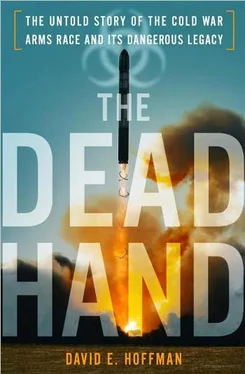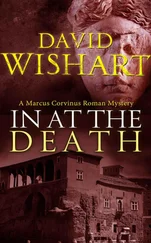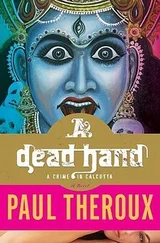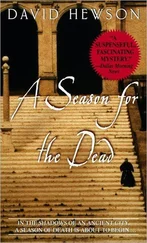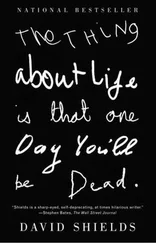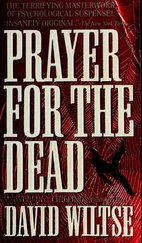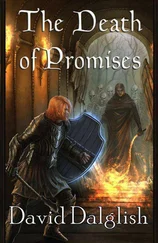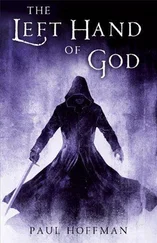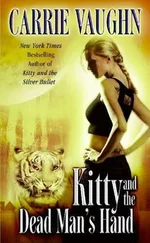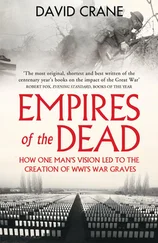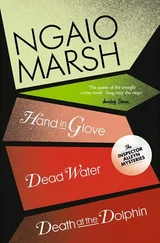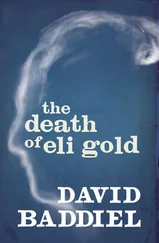He had a microphone in one hand, part of the intercom system to the main floor. With the other hand, he picked up the telephone to call his commanders, who oversaw the whole early-warning system, including the separate radars. Petrov had to quickly reach his own conclusion; the supervisors would want to know what was happening. He had not completed his own checks, but he could not wait. He told the duty officer, in a clipped tone: “I am reporting to you: this is a false alarm.”
He didn’t know for sure. He only had a gut instinct.
“Got it,” the officer replied. Petrov was relieved; the officer did not ask him why.
The phone was still in his hand, the duty officer still on the line, when Petrov was jolted again, two minutes later.
The panel flashed: another missile launched! Then a third, a fourth and a fifth. Now, the system had gone into overdrive. The additional signals had triggered a new warning. The red letters on the panel began to flash MISSILE ATTACK, and an electronic blip was sent automatically to the higher levels of the military. Petrov was frightened. His legs felt paralyzed. He had to think fast.
Petrov knew the key decision-makers in a missile attack would be the General Staff. In theory, if the alarm were validated, the retaliation would be directed from there. Soviet missiles would be readied, targets fed in and silo hatches opened. The Soviet political leadership would be alerted. There would be only minutes in which to make a decision.
The siren wailed. The red sign flashed.
Petrov made a decision. He knew the system had glitches in the past; there was no visual sighting of a missile through the telescope; the satellites were in the correct position. There was nothing from the radar stations to verify an incoming missile, although it was probably too early for the radars to see anything.
He told the duty officer again: this is a false alarm.
The message went up the chain.
This book is the story of people—presidents, scientists, engineers, diplomats, soldiers, spies, scholars, politicians and others—who sought to brake the speeding locomotive of the arms race. They recoiled from the balance of terror out of personal experience as designers and stewards of the weapons, or because of their own fears of the consequences of war, or because of the burdens that the arsenals placed on their peoples.
At the center of the drama are two key figures, both of them romantics and revolutionaries, who sensed the rising danger and challenged the established order. Mikhail Gorbachev, the last leader of the Soviet Union, abhorred the use of force and championed openness and “new thinking” in hopes of saving his troubled country. Ronald Reagan, fortieth president of the United States, was a master communicator and beacon of ideals who had an unwavering faith in the triumph of capitalism and American ingenuity. He dreamed of making nuclear weapons obsolete, once and for all.
They were not alone. Many others with imagination, determination, guile and conscience sought to rein in the danger. The goal of the book is to tell the story of how the Cold War arms race came to an end, and of its legacy of peril—and to tell it from both sides. Too often in the past, the history has been obscured by American triumphalism, which reflected only one side, or by secrecy and disinformation in Moscow, which masked what really happened inside the Soviet Union and why. With fresh evidence, it is now possible to see more clearly the deliberations that unfolded behind closed doors in the Kremlin during Gorbachev’s tumultuous rule. It was there, in arguments, meetings, documents and phone calls, that Gorbachev, deftly maneuvering and cajoling, faced off against the entrenched and powerful forces of the military-industrial complex and began a radical change in direction. It was there Gorbachev decided to abandon whole missile systems; turn the Soviet Union away from global confrontation; cut military spending and troops in Europe; and take the blueprint for a colossal Soviet “Star Wars” missile defense system, which designers and engineers had laid on his desk, and bury it in his bottom drawer. It is also possible with the new evidence, especially diaries and contemporaneous documents, to see more clearly how Gorbachev and Reagan viewed each other, how their perceptions fed into actions and how they wrestled with their own internal conflicts, ideology and an enormous stockpile of mistrust to lead the world, haltingly, out of the years of confrontation.
While nuclear weapons were the overwhelming threat of the epoch, another frightening weapon of mass casualty was being grown in flasks and fermenters. From 1975 to 1991, the Soviet Union covertly built the largest biological weapons program in the world. Soviet scientists experimented with genetic engineering to create pathogens that could cause unstoppable diseases. If the orders came, Soviet factory directors were ready to produce bacteria by the ton that could sicken and kill millions of people. The book explores the origins and expansion of this illicit, sprawling endeavor, for which Russia has yet to give a full accounting.
Much of the writing about the end of the Cold War stops at the moment the Berlin Wall fell in November 1989, or when the Soviet flag was lowered on the Kremlin in December 1991. This book attempts to go further. It begins with the peak of tensions in the early 1980s, leads us through the remarkable events of the Reagan and Gorbachev years and then shows how the Soviet collapse gave way to a race against time, an urgent search for the nuclear and biological hazards that were left behind.
———
The book will begin with the “war scare” of 1983, a period of confrontation, anger and danger. But to understand it, we must first see the gathering storm in the decades that preceded it, a great contest of wills, a duel of deterrence. The atomic bomb was never used in combat in the Cold War between the United States and the Soviet Union, 1947–1991. Rather, the two sides held each other in a balance of terror by deploying thousands of nuclear weapons on missiles, submarines and strategic bombers. Over decades, the danger intensified as the weapons were invented and reinvented to carry enormous destructive power, enhanced by ever-faster delivery, superaccuracy and invulnerability.
In the words of one of the early nuclear strategists, Bernard Brodie, the atomic bomb was the “absolute weapon” that would change warfare forever. 1The bomb greatly increased the chance that it would be regular people who would die at the start. As a group of six Harvard professors put it in a study in 1983: “For the first time in history, nuclear weapons offer the possibility of destroying a country before one has defeated or destroyed its armed forces.” And nuclear war would certainly come faster than any war in history. It might be over in a matter of hours. It might start before leaders could rethink their decisions or change their minds. It could lead to the death of millions of people even before a false alarm was discovered to be false. 2
At the outset of the Cold War, the United States threatened the Soviet Union with a single, devastating blow aimed at cities and industry. The first American nuclear weapons each weighed thousands of pounds, and were to be carried by lumbering strategic bombers that would take hours to reach their targets. By contrast, a half century later, the warhead on a missile could be delivered across oceans in thirty minutes. Rear Admiral G. P. Nanos, director of Strategic Systems Programs in the U.S. Navy, said in 1997 that if one drew a circle with a radius the length of the Trident submarine—560 feet—the warheads on a Trident II D5 missile could be accurately targeted into that circle from a distance of four thousand nautical miles. 3
Читать дальше
